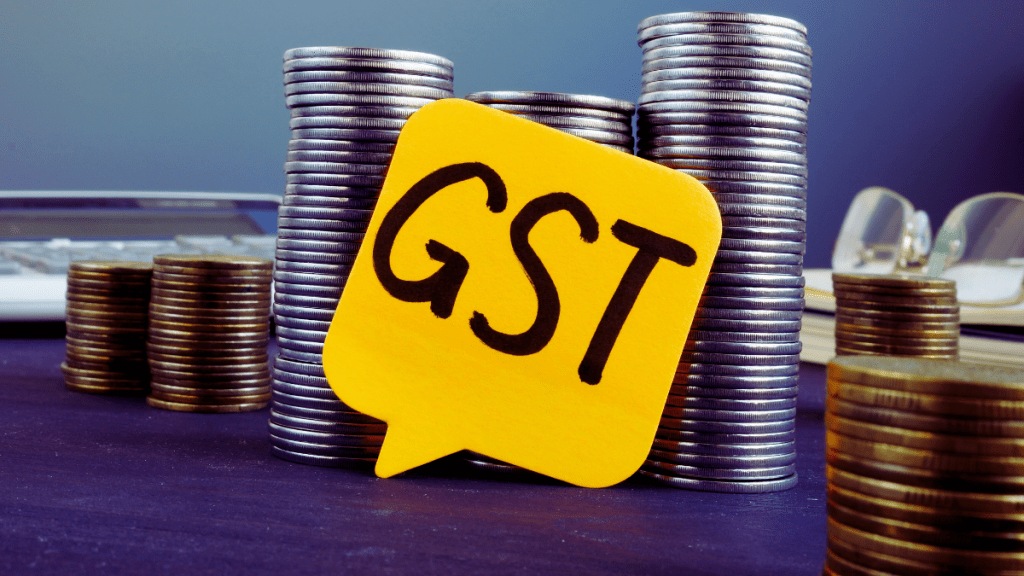Within a few months after the roll-out of the revamped Goods and Services Tax (GST), revenues will tend to stabilise and then pick up, according to the Central Board of Indirect Taxes & Customs (CBIC) chairman Sanjay Kumar Agarwal. In an interview with Prasanta Sahu, he also said that in the case of industries like automobiles, who may have stocks on which cess is already paid (but will not apply for new products from September 22), the costs can’t be transferred back to the government. On the demand for revenue compensation from some states, he said they could propose a mechanism only within the fiscal space available under the GST law.
Q: How fast do you seek to recover the revenue loss (estimated at Rs 48,000 crore annually) from the GST recast?
It is an estimate on a mathematical basis, based on the consumption patterns in 2023-24. But our experience shows that whenever there is a duty cut, the money remains in the hands of the common man. The compliance level goes up. That increases consumption and economic growth, leading to better tax collections. So, the revenue implications due to rate cuts will not be much, and it will take a few months to pick up again.
Q: Will refunds be issued on the higher GST paid on stocks when lower rates kick in from September 22? Will the compensation cess already paid on stock items also be refunded?
Take an instance. Some goods which were subject to 28% rate, will come under 18% from September 22. Goods in stock on which tax is paid at 28%, the additional tax paid will be available as input tax credit (ITC) after September 22 when the new rate applies. On stocks of, say, automobiles, if compensation cess is already paid, it can’t be refunded, and will lapse. Anyway, cess cannot be used to meet GST liabilities.
When we talk about rate rationalisation exercise on certain items, the rates have come down or gone up for both the Centre and the states. Both have accepted the proposal with some revenue implications. States could propose something which can make up for their revenue loss within the fiscal space which is available under the GST law. They cannot seek any kind of tax-raising measures, which are outside the GST.
Do you think new GST rates will give a boost to the automobile sector?
On small cars, the rate is brought down from 28% to 18%. On big cars like SUVs, where it was 28% plus some compensation cess, with tax incidence reaching up to 50%, after the new rates kick in, it will come down to 40%. To that extent, those segments will also benefit.
How will pre-filled returns address the transparency in IGST distribution?
Outward liabilities are pre-filled from the firms’ GSTR-1A data, and their input tax credit availability is also auto-filled. But these fields are editable. But new instruments have been introduced, like on the outward side, GSTR-1A, on the input side, an invoice management facility has been introduced. Some more work is required in these facilities because certain suggestions have been received from the trade. After necessary amendments are made, it will remain pre-filled, which cannot be edited. So that will lead to much fewer exemptions and will curb the spread of this fake ITC.
There are concerns that exemption from GST sans ITC to individual health and life insurance may not yield the desired outcome of bringing premiums down..
When GST rate becomes from 18% to zero, GST will not be required to be paid. But, in case of exemption, ITC will not be available on taxes paid on input services. That will get added to the cost. So, to that extent, the premium will be impacted. But overall, the payment which is required by the policyholder to the insurance companies will come down substantially.

